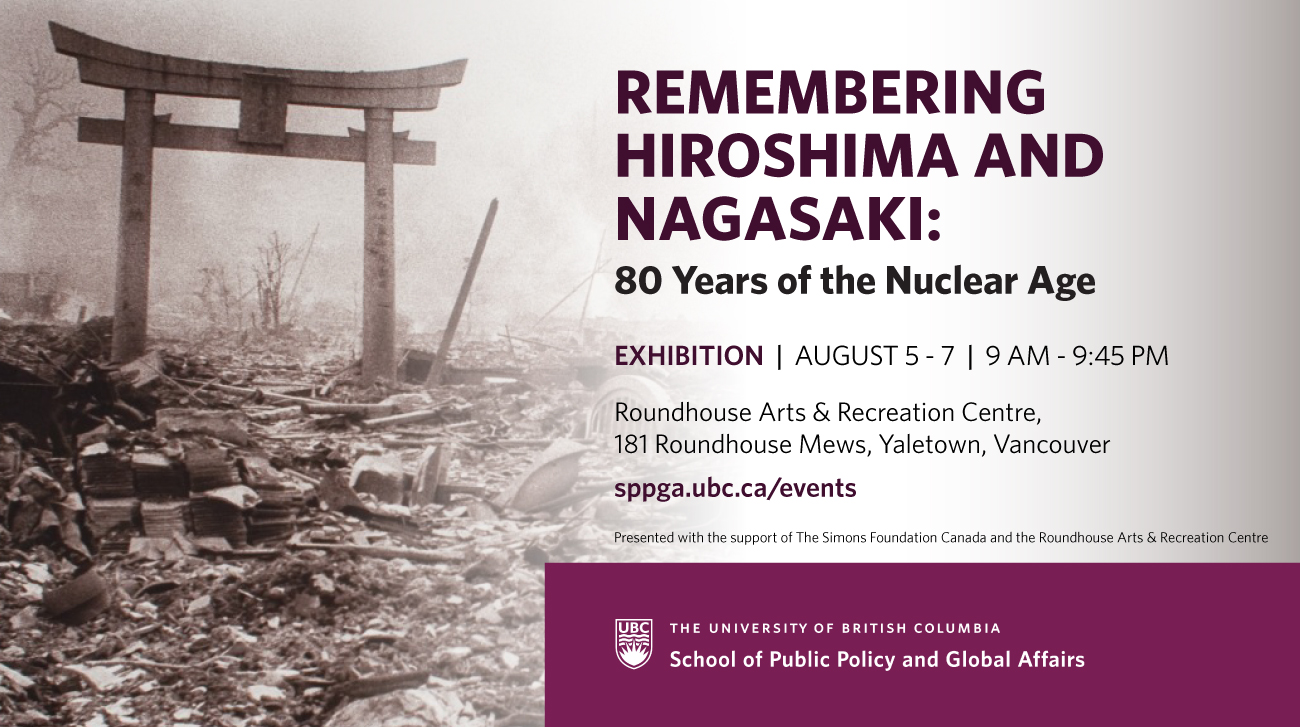Two major earthquakes, one 7.8 magnitude on April 25 and another 7.4 magnitudes on May 12, struck Nepal, killing more than 8,600 people, injuring over 18,000 others, and displacing more than half a million families. The disaster is expected to worsen with landslides that have started to occur in the Himalayan nation and the monsoon season to follow. While the United Nations has appealed for $423 million to provide basic relief such as tents, food, and safe drinking water for two million survivors for the next three months, only 22 percent of the required funds have been raised. In the wake of the largest humanitarian disaster in Nepal’s recent history, challenges lie ahead to rebuild the fragile nation.
Moderator
Dr. Stacy Pigg, Professor of Anthropology, Simon Fraser University
Panelists
Dr. Ram Pandit, Assistant Professor, School of Agricultural and Resource Economics, The University of Western Australia, Australia
Nepal’s geography, impact of earthquake on landscape and natural resources
Dr. Sara Shneiderman, Assistant Professor, Dept. of Anthropology and Institute of Asian Research (IAR), UBC
Nepal’s local politics, rural economy and community engagement
Kapil Dev Regmi, PhD Candidate and Sessional Lecturer, Dept. of Education Studies, UBC
First-hand experience of Nepal’s earthquake, role of youths in relief, recovery and rebuilding effort
Anil Pradhan, President, Nepal Cultural Society of British Columbia, Vancouver
Role of Nepali Diaspora in earthquake relief, recovery and rebuilding effort
Refreshments will be provided. Voluntary donations for earthquake relief will be accepted. Please RSVP here.
Sponsor: UBC Nepali Students Association, Institute of Asian Research
Type: Discussion

